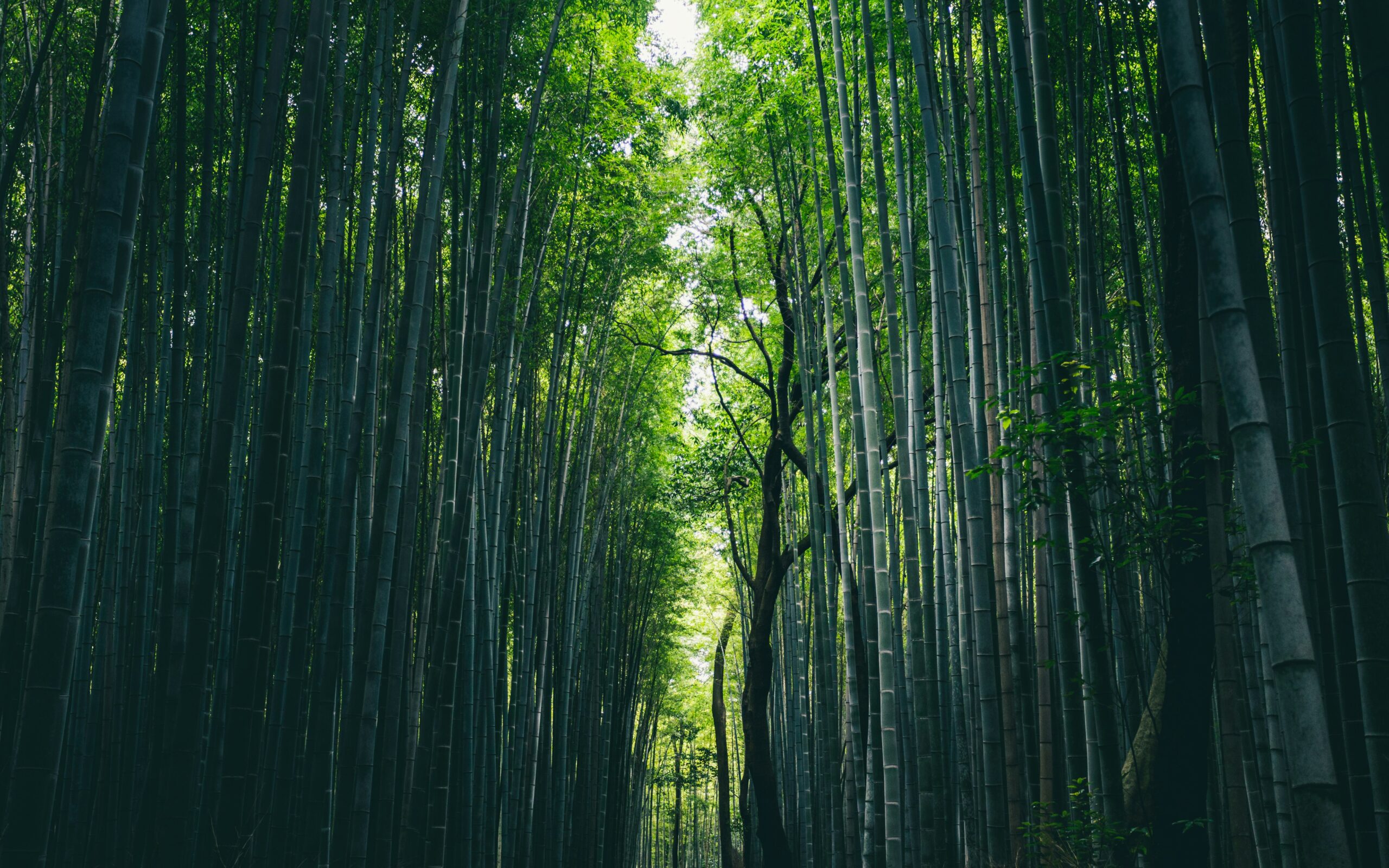In the western part of Kyoto Prefecture lies a region known as Rakusei, and within it, a place called Arashiyama. Here, among mountains and rivers, there exists a quietude as if a thousand years of time have gently settled into the landscape.
I’m from Amsterdam, and during my summer vacation, I decided to travel through Japan. I’m far from a seasoned tourist. In fact, I never considered myself particularly drawn to Japanese history or culture, and I had always regarded the fascination many travelers feel for this country with a certain distance.
What brought me to Arashiyama, Kyoto, was something an older Japanese businessman once said to me during a work trip to Tokyo.
“Arashiyama isn’t just a tourist spot,” he told me. “It’s like a mirror that reflects the light of each season. It feels as if time has stopped, yet everything is constantly moving. It seems unchanging, but in truth, it’s always becoming something new. I have a feeling that someone like you might discover something there.”
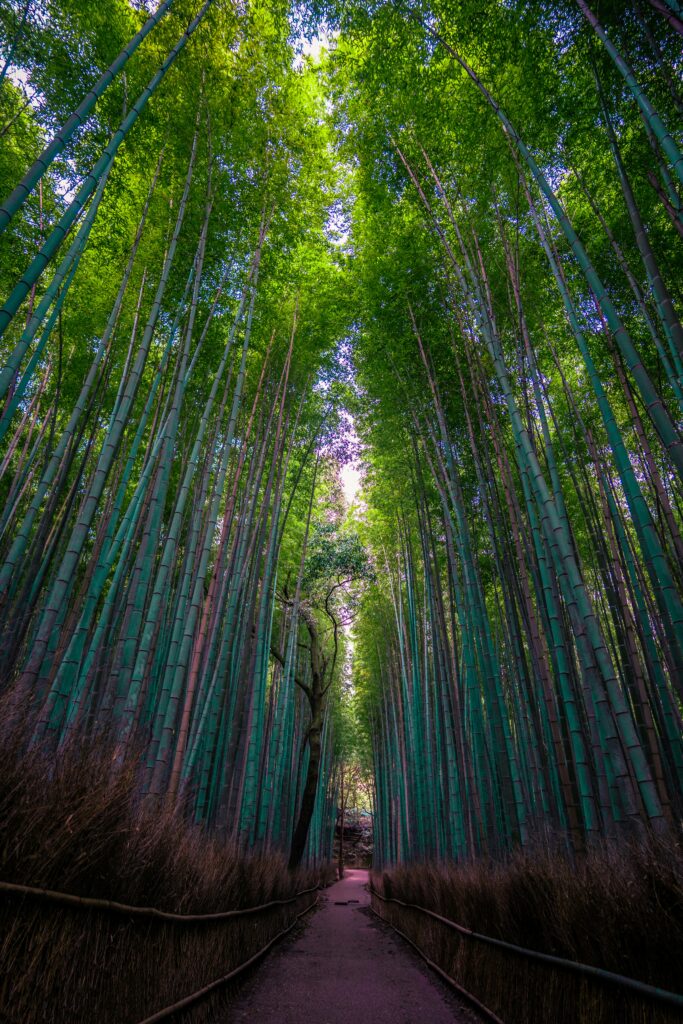
His name was Mr. Tamura. After working for nearly 40 years at a trading company in Osaka, he had retired and moved to Kyoto. There was a gentle steadiness in his eyes and a sense of poise in his upright posture, even through his suit.
Compelled by his words, I boarded a bullet train and then a local line, eventually arriving at Arashiyama Station. On that summer morning, the air was filled with the sound of cicadas, and a sky of soft gray clouds bathed the green hills in gentle light.
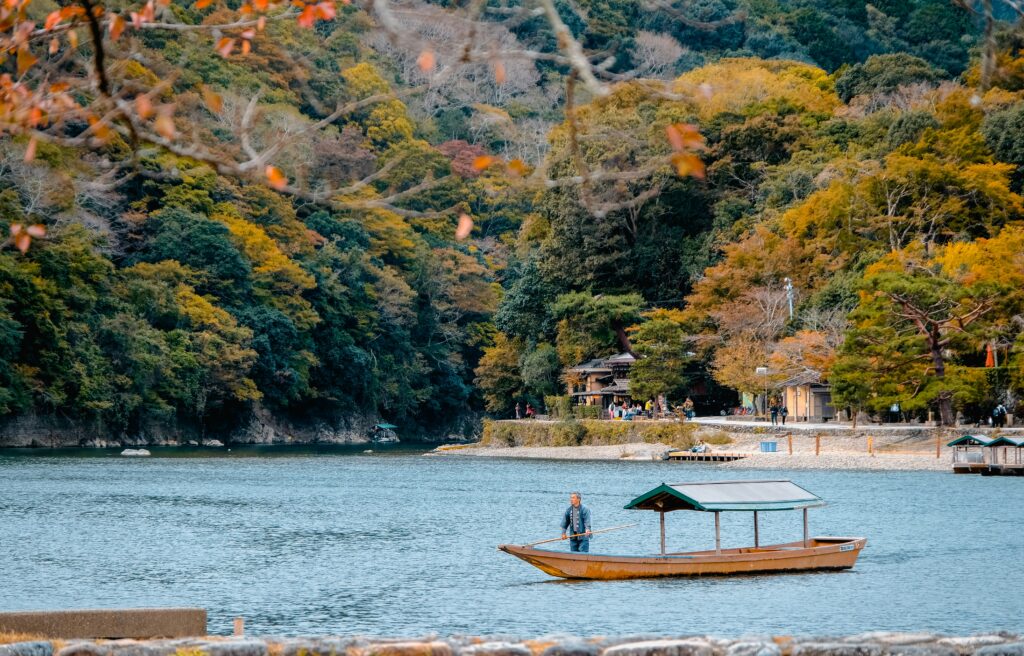
The Katsura River flows through the center of town, spanned by a wooden bridge known as Togetsukyo, or “Moon Crossing Bridge.” Togetsukyo—written in Japanese kanji, it means “the bridge the moon crosses.” It is said that over 800 years ago, during the final years of Japan’s Heian period—an era spanning roughly the 9th to 12th centuries, renowned for its courtly elegance—Emperor Kameyama remarked that the moon looked as if it were crossing the bridge, thus inspiring its name. In those times, aristocrats in silk robes would float down the river in small boats, composing poetry and playing music as they soaked in the changing of the seasons. Now, the same spot sees visitors from around the globe walking alongside locals.
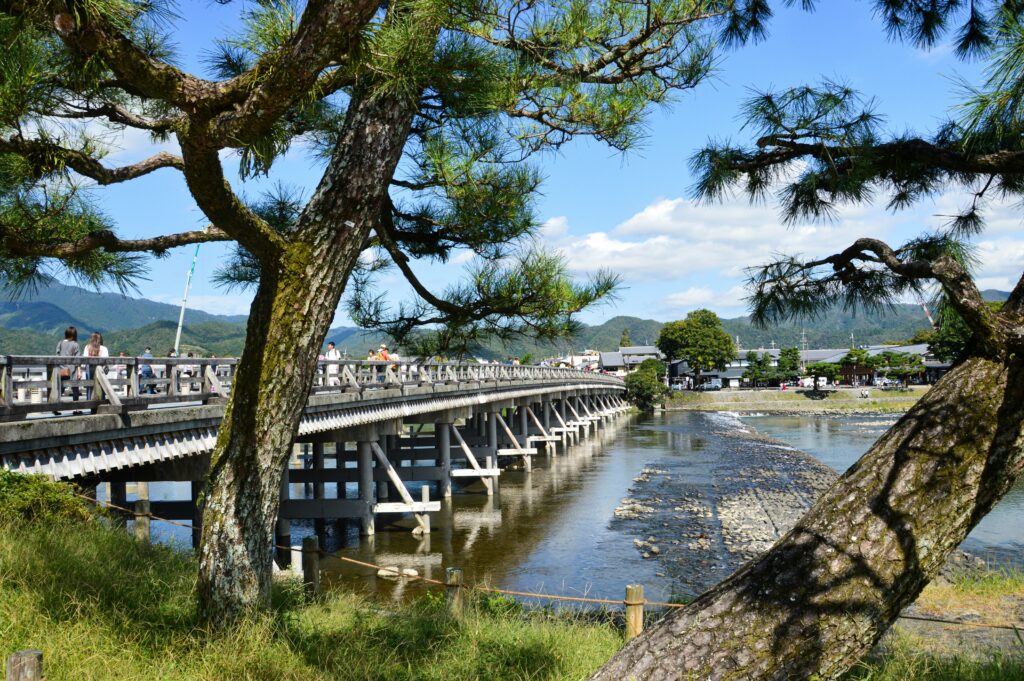
I had lunch at a quiet wooden restaurant near the foot of the bridge. A small wind chime swayed in the lattice window, and inside, tatami mats stretched across the floor as the gentle hum of the air conditioner brought a welcome coolness. I ordered a set meal of tempura made with hamo—a type of pike conger that may not look like much but is considered a summer delicacy in Kyoto. Beneath the crisp batter, the white fish flaked apart delicately. As I took a bite, a subtle sweetness and the faint aroma of sansho pepper salt filled my mouth. For the first time, I realized that summer in Japan could be felt on the tongue.
In the afternoon, I made my way to the Bamboo Grove Path. Tall stalks of green bamboo stretched straight toward the sky, swaying and rustling softly in the breeze, as if the forest itself were breathing. This area, known as Sagano, was once a retreat for aristocrats during the Heian period. They built villas here to escape the summer heat and enjoy the serenity of nature. Walking among the towering bamboo, I felt as though I had stepped into an ancient forest from another time.
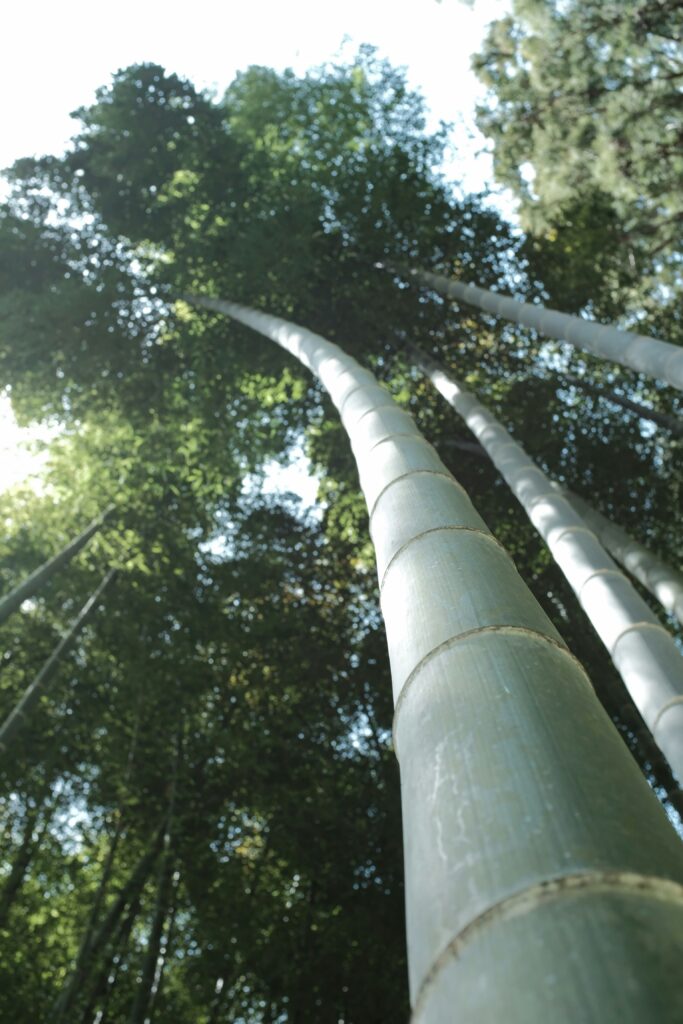
On my way back, I took a break on a riverside bench. That was when I saw a familiar face: Mr. Tamura. As unlikely as it seemed, he happened to be in town on holiday as well.
“The light changes around this time of day,” he said. And indeed, the setting sun cast a golden shimmer across the surface of the Katsura River.
At his suggestion, we headed a bit further to Daikaku-ji, a former imperial villa turned temple. Still serene, the temple grounds held a large pond where lotus flowers floated gently in the fading light.
“When I come here,” Mr. Tamura said softly, “it feels like my heart finds its rhythm again. Back when I worked, I clung to the idea of permanence. But after coming to Arashiyama, I realized something: we fear change when we don’t have enough space within ourselves. Nature is always changing. But that doesn’t have to be frightening. It can be beautiful. And I owe that understanding to this place.”
His words stayed with me.
The next morning, I visited Sanzen-in, a temple nestled at the foot of Mount Hiei in northern Kyoto. Its moss-covered gardens and hushed atmosphere were deeply calming. Along the way, I stopped at a local teahouse to try yomogi dango—skewered rice dumplings infused with mugwort. Fresh off the grill and coated in a sweet and savory miso sauce, they were a perfect match for the warm summer air.
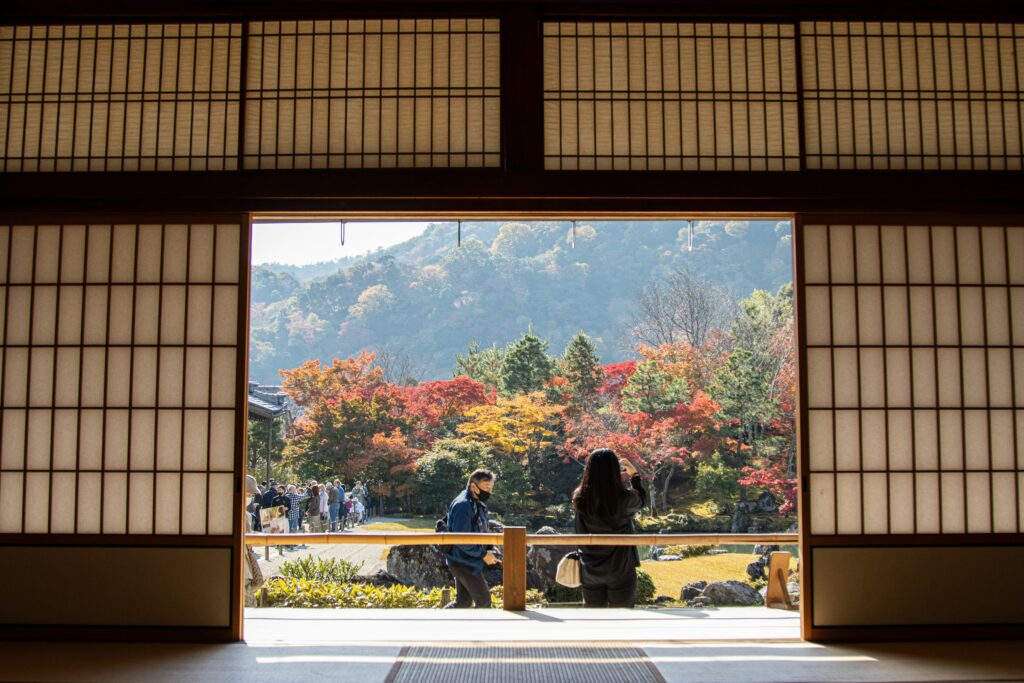
My final destination was Tenryu-ji, a temple in the heart of Arashiyama. Built during the 14th-century Muromachi period, it has been rebuilt multiple times after fires. Its garden, known as Sogenchi Teien, centers around a pond that uses the surrounding mountains as borrowed scenery. Standing before this landscape, I found myself speechless. The arrangement of stones, water, and greenery felt like a reflection of my inner state.
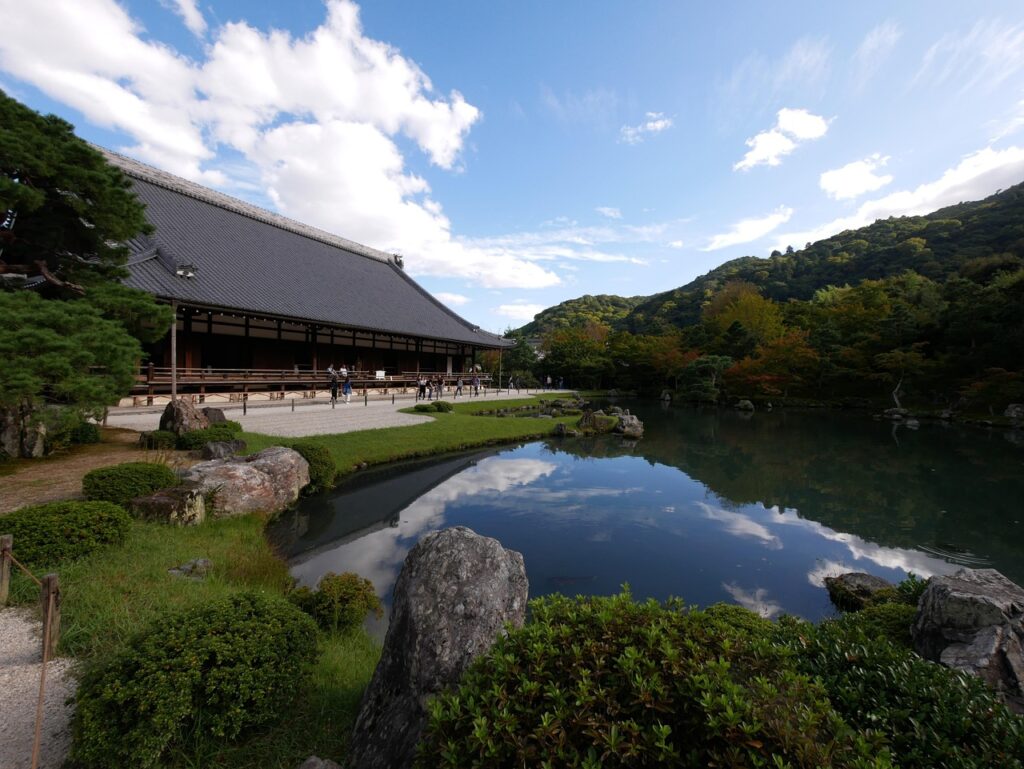
At the end of my journey, I stood once more on Togetsukyo Bridge. By then, I had come to see Arashiyama as more than just a scenic destination. It is a place shaped over centuries by both nature and human hands. What gives it its essence isn’t something finished, but something always in motion. It holds a quiet truth: that there is beauty not in what stays the same, but in what is constantly becoming.
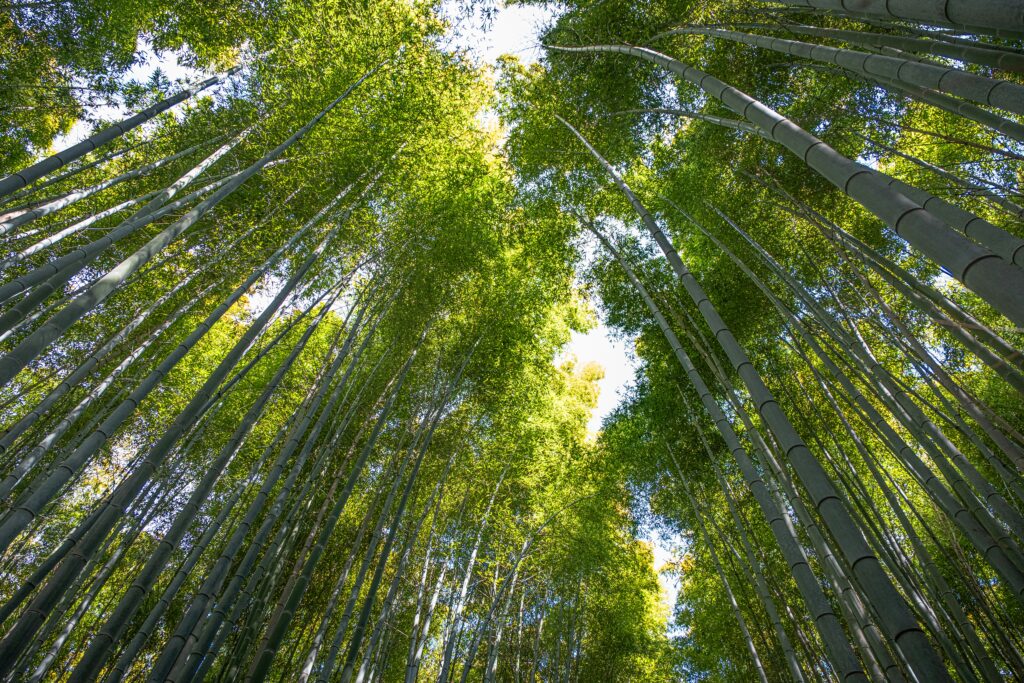
Had I not taken this trip, I might have continued to see change as something to fear. But the summer light I saw in this town, the words I heard, the breeze I felt—they gently lifted the weight inside me.
“It’s okay to change. In fact, it’s because we change that we are truly alive.”
Arashiyama taught me that, in the quietest way.
Somethin New Travel

